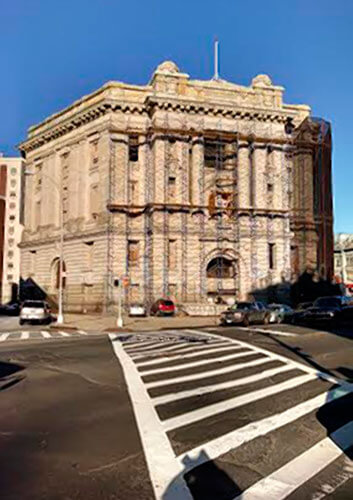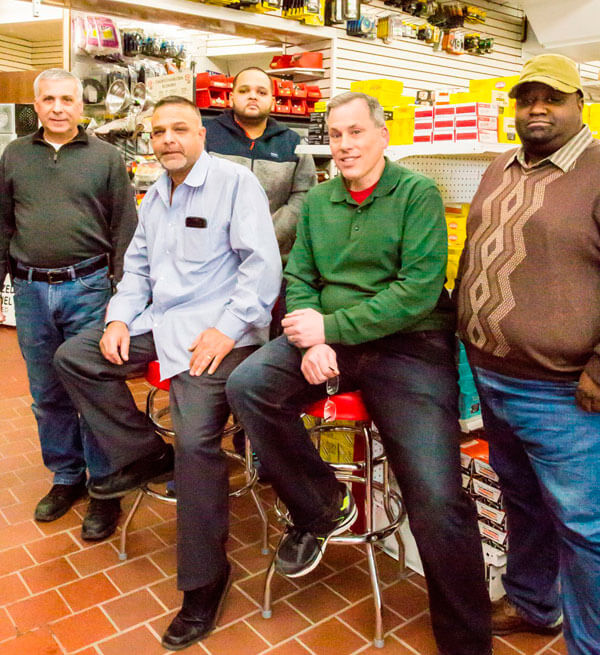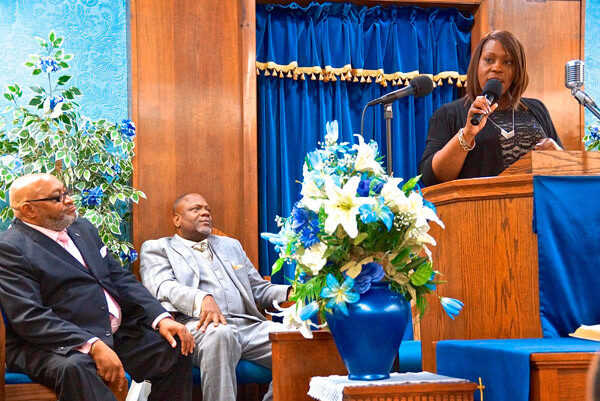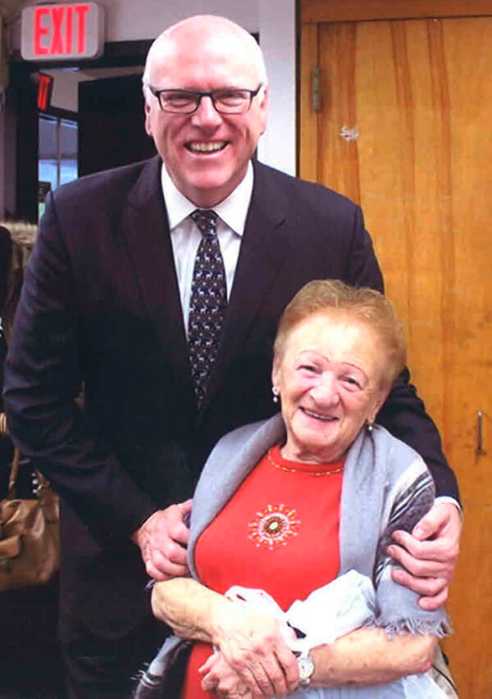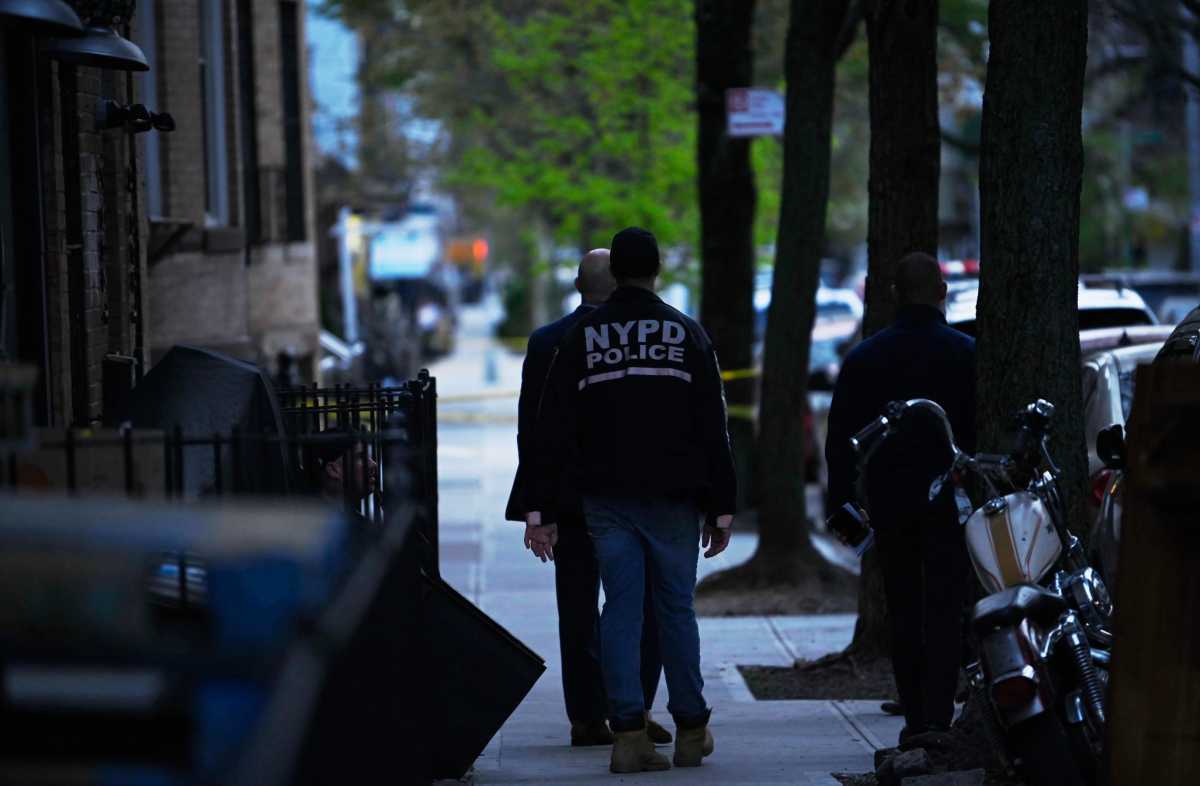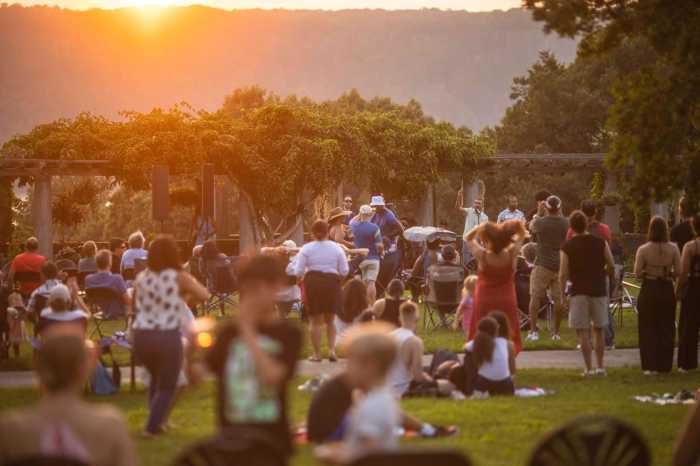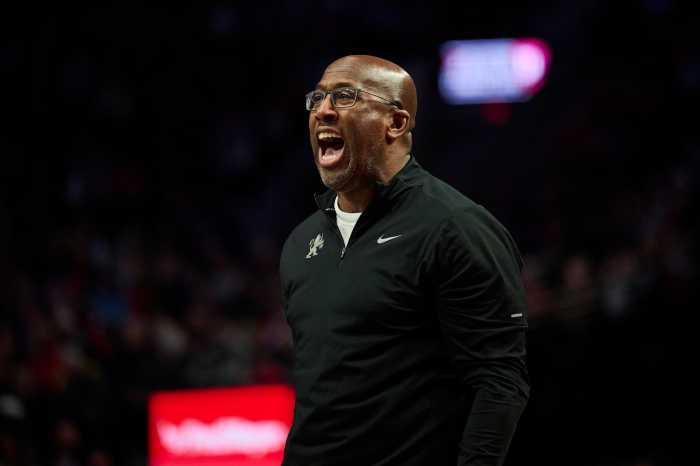A 100 plus year-old courthouse is not even close to seeing its final days thanks in part to a $60,000 grant .
The Bronx Borough Courthouse, a historic and iconic building in the south Bronx located at East 161st Street between Third and Brook avenues, is nearing its long-awaited revival after standing abandoned for nearly four decades. The four-story, Beaux-Arts style courthouse, constructed between 1905 and 1914 by architects Michael John Garvin and Oscar Florianus Bluemner, was intended to house just the Supreme Court.
At the time of the courthouse’s completion, the boroughs population was under a half million and there weren’t many civil and/or criminal cases to hear.
However, between 1920 and 1930, the population of the Bronx exploded from 732,016 to 1,265,258 (according to census.gov) and the courthouse was inadequate for the increase of cases and population.
When the Bronx Supreme Courthouse at 851 Grand Concourse and East 161st Street was comleted in 1934 the Surrogate’s Court was moved there, leaving only the Criminal Court in the Bronx County Courthouse.
The building went into decline during the 1970s, finally having its windows and doors sealed in 1977.
“The 1960s and 1970s was a time of major change in the Bronx, but especially for this section,” said Lloyd Ultan, historian at the Borough’s Historical Society.
“During this time period, the (Bronx) Borough Hall, which was the original administrative headquarters of the borough president and other civic leaders, was demolished (in 1969) and the IRT Third Avenue El was torn down (in 1973). Combined with the borough’s decline, changes were rapidly taking place, but many community leaders, historians and preservationists sought to keep this building in existence.”
After a decade of inactivity, the courthouse obtained landmark status in 1981.
After its abandonment, the Bronx Borough Courthouse eventually became storage space for public art.
Finally, in 1998, the city found a buyer – auctioning the property to a Brooklyn private developer named Henry Weinstein. Although he has yet to find a user for the property, Weinstein believes a tenant will be found sometime in the near future.
An exterior cleanup of the building is in progress.
“I got involved in the purchase of this building because it has so much history attached to it,” said Weinstein. “Currently, I am searching for worthy tenants and uses – such as schools, medical centers, debate rooms, etc. and I expect the courthouse to have a tenant in six to nine months.”
The courthouse’s upcoming revitalization is being aided by No Longer Empty, a Bronx organization that was recently received a Neighborhood Challenge Initiative grant. Ironically the ceremony took place inside the former courthouse.
“Our goal in this project is to increase access to the arts and to reopen this beautiful building,” said Naomi Hersson Ringskig, executive director at No Longer Empty, who added that she expects the iconic piece of New York City architecture to reopen to the public in April.
“Our partner, SoBro, has also been greatly involved in the transformation of the neighborhood’s businesses, and we (NLE) are happy to be in the Bronx, working with such great partners to complete this mission.”

